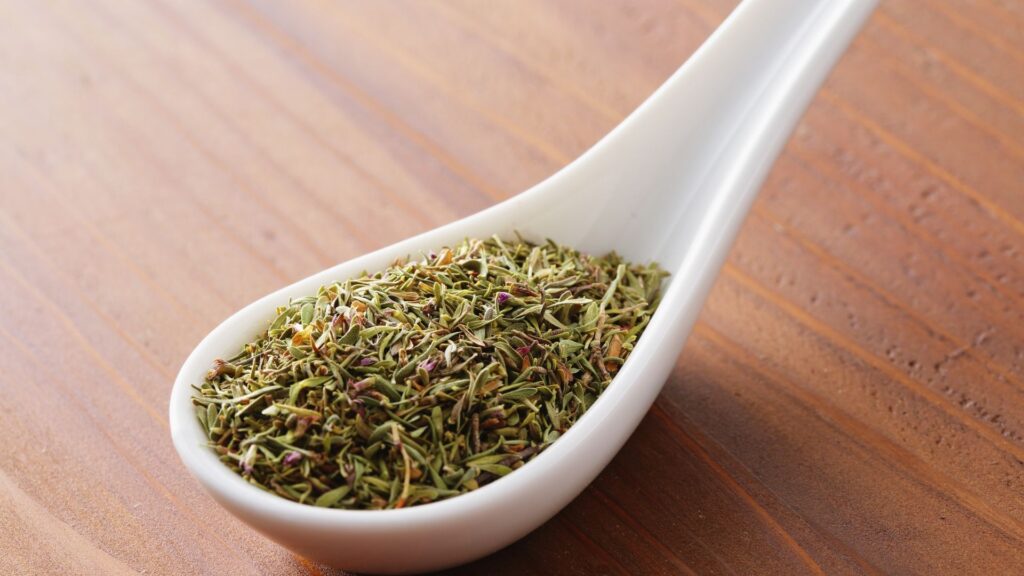Thyme (Thymus vulgaris) is a small, aromatic evergreen herb native to Eurasia and North Africa. Valued for thousands of years in both kitchens and apothecaries, thyme boasts a distinctive fragrance, potent medicinal properties, and a long-standing cultural significance that spans continents.
Origin and History
Thyme’s story dates back to ancient civilizations. The Greeks used it as a symbol of courage, often given to warriors before battle. Romans incorporated it into food and drinks for flavor and preservation. In medieval Europe, a sprig of thyme was placed under pillows to ward off nightmares, while folklore even imagined thyme patches as hiding places for fairies.
Culinary Uses
Thyme is a staple in kitchens worldwide, especially in Mediterranean cuisine. It pairs beautifully with:
- Soups and sauces
- Roasts and stews
- Beef, poultry, and fish
- Vegetable dishes
Its earthy, slightly minty taste deepens during cooking, making it a key ingredient in spice blends such as Herbes de Provence.
Medicinal Properties
The secret to thyme’s health potential lies in its essential oil, particularly thymol. Scientific studies highlight its:
- Antioxidant effects – fighting free radicals
- Anti-inflammatory action – reducing swelling and irritation
- Antimicrobial properties – effective against bacteria, fungi, and some viruses
Traditionally, thyme has been used to relieve coughs, soothe sore throats, and support digestion.
Ornamental and Aromatic Uses
Beyond the kitchen and medicine cabinet, thyme has an ornamental role in gardens and is a popular component in potpourris. Its tiny, fragrant flowers attract bees and pollinators, making it a favorite among gardeners.
Growing Thyme
Thyme thrives in well-drained soil, plenty of sunlight, and minimal watering. It is drought-tolerant and resilient, making it an easy herb for beginner gardeners to cultivate.



